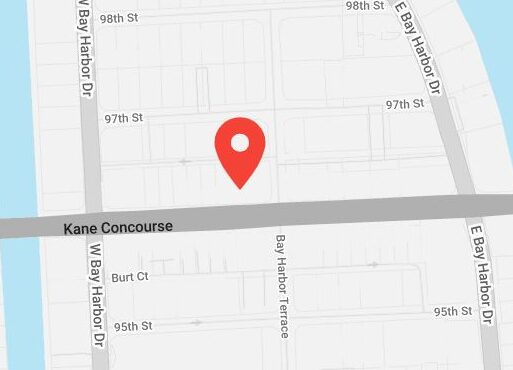On those seemingly endless cloudy days when the Miami sun is nowhere to be found, the quest for the perfect tan can be found indoors inside many a tanning salon located throughout the metropolitan area. In fact, some people actually prefer lying down in a tanning bed bikini-clad for a half hour or more compared to the natural counterpart of slowly roasting outdoors under the summer tropical sun.
However, it’s these tanning salon aficionados who need to be extra mindful of the risk of skin cancer, as one recent study has shown its deleterious effects. A team of researchers at the University of Dundee in Scotland studied 400 tanning beds in the U.K; – nine out of 10 of which exceeded national safety standards. The researchers concluded that compared to the searing Mediterranean sun, these tanning beds double the risk of skin cancer.
With this and other official studies being done, the risk of tanning bed use is finally seeing the light of day. The U.S. Food and Drug Administration, for example, says risks associated with tanning bed use warrant the posting of cancer warnings and stricter regulation. The Centers for Disease Control has linked exposure to the skin’s absorption of UV-A and UV-B rays from tanning beds to skin cancer. In fact, the CDC says that people whose tanning bed use started before age 35 are 75 percent more likely to develop skin cancer. The World Health Organization weighed in on the tanning bed controversy in a 2009 decision to include tanning beds in a list of sources of cancer-causing radiation.
Teenagers are especially at a high risk for skin cancer by regular tanning bed use. The Youth Risk Behavior System reported in 2011 that 13 percent of high school students, 21 percent of senior high school girls, 32 percent of high school girl seniors, and 29 percent of Caucasian high school girls had used tanning beds.
There is no such thing as a “safe” tan or a “protective” tan to protect one from skin damage from overexposure to the sun or a tanning bed. It’s estimated that one in five people in the U.S. will be diagnosed with skin cancer. That is one scary statistic.
Don’t be the one who makes your tanning bed and now has to lie in it with a skin cancer diagnosis. Use caution. Limit your UV exposure. And always, consult with a qualified dermatologist about proper skin protection from damaging UV light.
Drs. Diane Walder, Cynthia Golomb and Stacy Chimento are board certified Miami dermatologists with offices located at 1111 Kane Concourse, Suite 100, Bay Harbor Islands, FL. Call (305) 866-2177 for a personal consultation.



